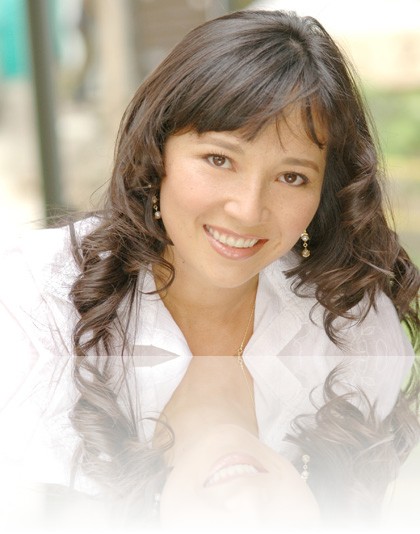Fix Gum Recession
What is gum recession?
Gum recession is a common problem. It is caused when gum tissue is lost or pulled away from the tooth. This exposes too much of the tooth’s root, making your teeth look very long.

This procedure is used to treat receding gum lines and/or improve gum line appearance. Gum recession can happen for a number of reasons. This includes:
- Gum disease
- Aggressive tooth brushing
- Mouth/lip piercings
- Genetics
- Grinding or clenching
- Crooked teeth
- Tobacco use
- Moving teeth too quickly during orthodontic treatment (braces)
Signs and Symptoms
Gum recession can cause hot/cold sensitivity, damage to the bone that supports your teeth, and eventually, tooth loss. Because it occurs slowly over time, many people don’t even know they have gum recession. The following are some signs and symptoms that gum recession has occurred and will continue to occur if left untreated:
- Teeth appear longer due to over-exposed tooth root
- Teeth sensitivity
- Moving/shifting teeth
- Spaces between teeth appear to be growing
- Cavities underneath gum tissue
- Yellow appearance of roots
- Food packing between teeth
- Bleeding gums
- Puffy/red/swollen gums
Gum Grafting
When gum recession happens, it is harder for the body to protect itself against bacteria and trauma. When this becomes a problem, grafting techniques can be used.
Gum grafting is performed by taking a small piece of tissue from the roof of your mouth to cover the exposed root. This will cover the exposed root and stop further recession/bone loss.
Types of Tissue Grafts
The type of tissue graft used will depend on your treatment needs. There are 3 grafting techniques used by periodontists:
- Connective tissue grafts:
- Free gingival grafts:
- Pedicle grafting:
- This method is most commonly used.
- The site of gum recession must be prepared by incising the gums. A flap of skin is cut from the roof of your mouth. Underneath the flap, tissue is removed. The tissue is trimmed and stitched to the site of gum recession.
- After the graft is removed from under the flap, the flap is stitched back down.


- This method is usually used if a patient has thin gums.
- It is similar to connective tissue grafts except no flap is made. Instead, a small amount of tissue is removed directly from the roof of the mouth and stitched to the receding gum line. The graft is then trimmed and stitched into place.
- The roof of the mouth is also stitched back together.




- When there is recession but enough bone and healthy gums around the recession site, a pedicle graft can be used.
- A small part of the edge of the defect is removed. Relieving incisions are made on the sides. These incisions are called “split thickness” meaning that there is tissue left between the bone and the incision that separates the “pedicle” flap. The two pedicle flaps are moved together to cover the recession and defect. They are sutured into place. The area is covered with a protective putty (coe-pack).
- After about 10 days, the packing is removed. The area will have already begun to heal over when the packing is removed along with the sutures. With time, the exposed connective tissue will be covered with attached gum tissue since all the sides are of that kind of tissue. Full coverage is possible under the right conditions.















